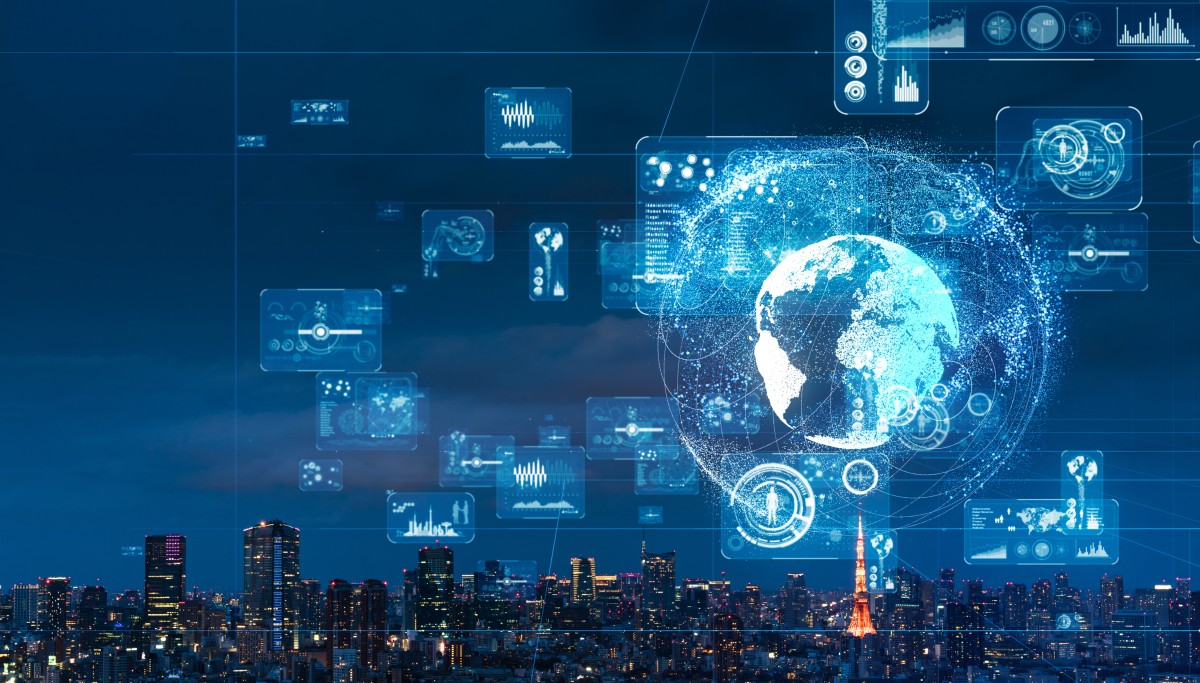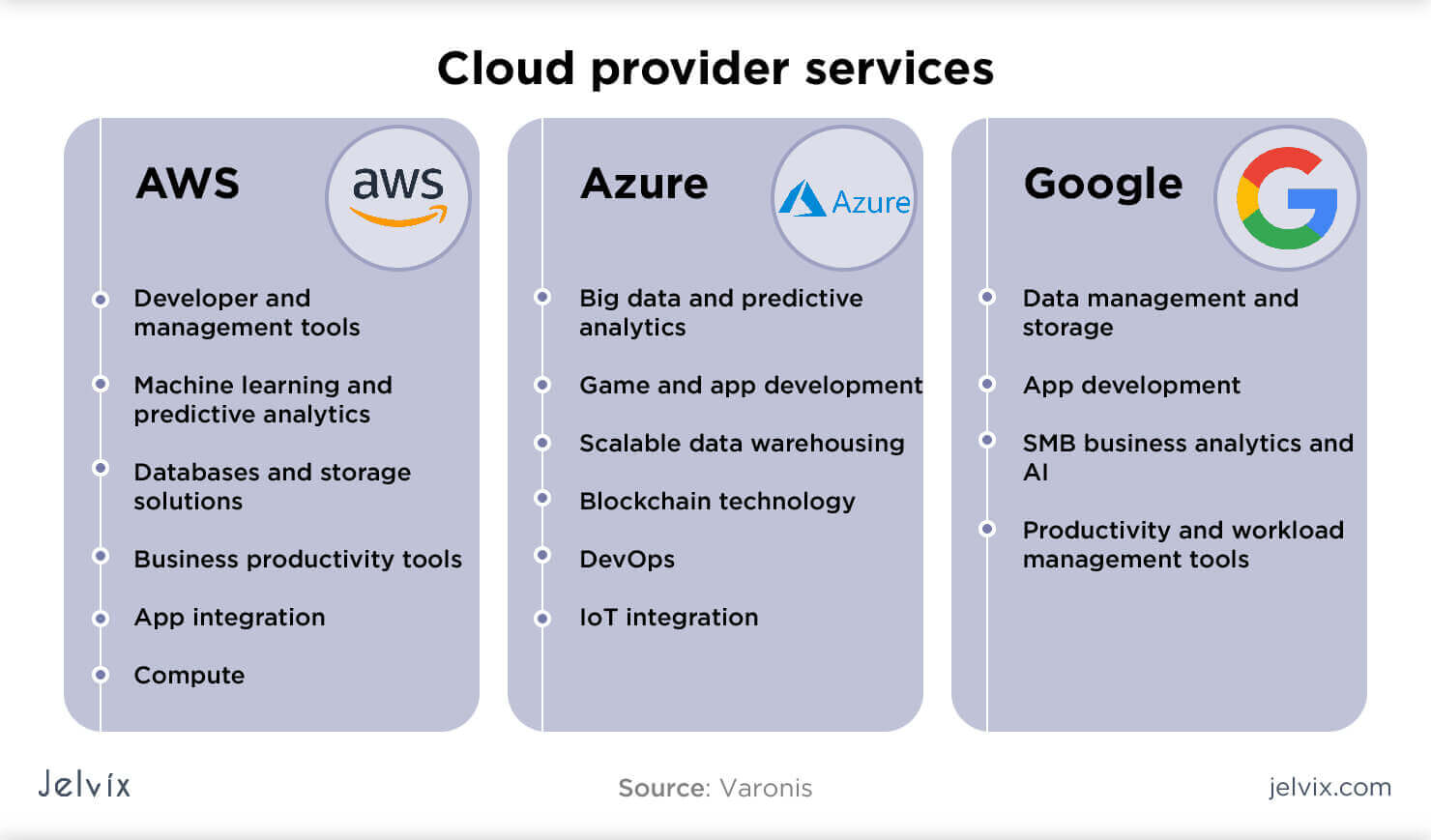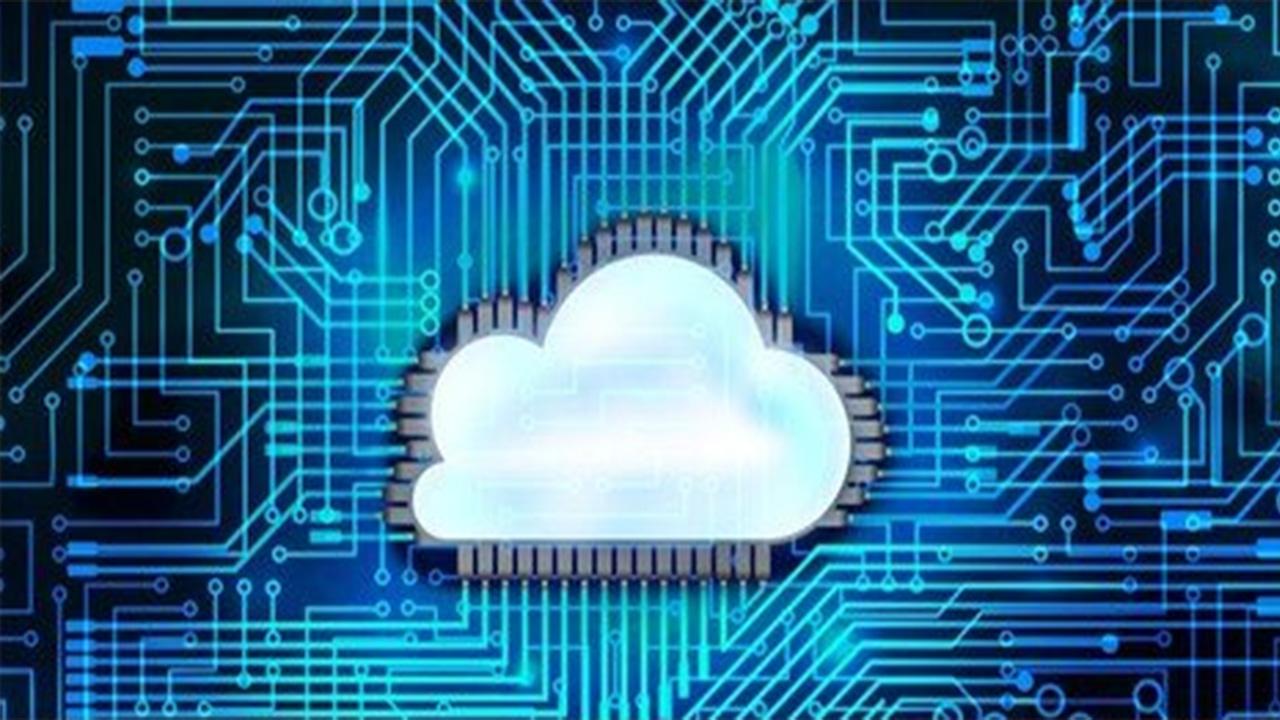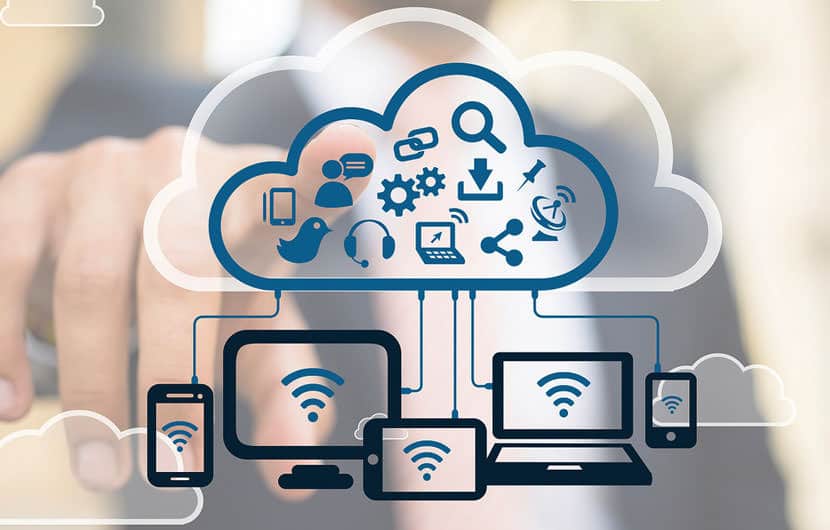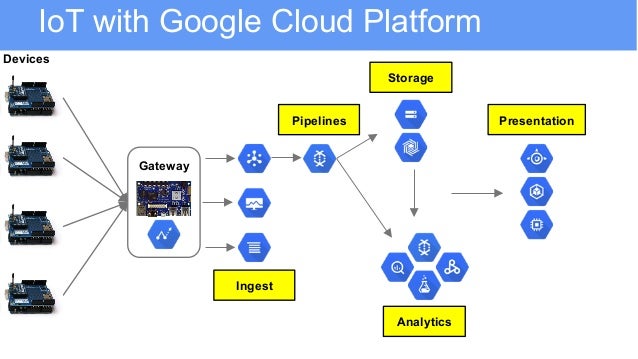Understanding the Google Cloud IoT Ecosystem
Google Cloud IoT is a powerful platform designed to facilitate the development and deployment of Internet of Things (IoT) solutions. The platform comprises several components, including Google Cloud IoT Core, Google Cloud Pub/Sub, Google Cloud Dataflow, Google Cloud Bigtable, and Google Cloud Machine Learning Engine. These components work together to enable seamless device connection, data ingestion, processing, and analysis.
By leveraging Google Cloud for IoT, businesses can benefit from the platform’s robust scalability, security, and data processing capabilities. Scalability ensures that IoT solutions can grow and adapt to increasing data volumes and device counts. Security measures, such as data encryption, access control, and threat detection, protect sensitive information and maintain system integrity. Advanced data processing capabilities allow for real-time data analysis, machine learning, and artificial intelligence applications, empowering businesses to make informed decisions and optimize their operations.
How to Build a Google Cloud IoT Solution
Building an IoT solution using Google Cloud IoT involves several steps, from device connection to data processing and analysis. The following is a step-by-step guide to help you get started:
- Device Connection: Connect your IoT devices to Google Cloud IoT Core, which supports standard IoT protocols such as MQTT and HTTP. This enables secure, bi-directional communication between devices and the cloud.
- Data Ingestion: Use Google Cloud Pub/Sub to ingest and process data streams from your IoT devices. This service allows for high-throughput, real-time data transfer and can handle millions of messages per second.
- Data Processing: Utilize Google Cloud Dataflow to process and transform your IoT data. This service enables the creation of data pipelines that can handle batch and streaming data, ensuring that your data is prepared for analysis and storage.
- Data Analysis: Leverage Google Cloud Bigtable or Google Cloud Spanner for data storage and analysis. These services provide scalable, high-performance data storage solutions that can handle large volumes of IoT data, enabling real-time insights and decision-making.
- Machine Learning and AI: Integrate Google Cloud Machine Learning Engine or Google Cloud AI Platform to apply machine learning algorithms and AI models to your IoT data. This enables predictive analytics, anomaly detection, and other advanced IoT use cases.
When building an IoT solution on Google Cloud, it is crucial to select the right tools and services within the Google Cloud IoT ecosystem. Consider factors such as data volume, device count, real-time processing requirements, and desired analytics capabilities to ensure the optimal solution for your specific project.
Real-World Applications of Google Cloud IoT
Google Cloud IoT has been successfully implemented in various industries and use cases, demonstrating its versatility and effectiveness. Some notable examples include:
- Smart Cities: Google Cloud IoT has been used to develop smart city infrastructure, enabling real-time traffic management, energy-efficient buildings, and improved public safety through connected devices and sensors.
- Industrial Automation: Manufacturers have leveraged Google Cloud IoT to optimize production processes, monitor equipment health, and predict maintenance needs. This has led to increased efficiency, reduced downtime, and cost savings.
- Predictive Maintenance: Companies in industries like transportation, energy, and healthcare have used Google Cloud IoT to implement predictive maintenance strategies. By analyzing real-time data from sensors, organizations can anticipate equipment failures and schedule maintenance proactively, minimizing disruptions and repair costs.
- Agriculture: Farmers have adopted Google Cloud IoT to monitor soil moisture, temperature, and crop health, automating irrigation and fertilization processes. This has resulted in higher crop yields, water conservation, and reduced environmental impact.
These examples illustrate the potential of Google Cloud IoT to transform various industries by enabling seamless device connectivity, data ingestion, processing, and analysis. By harnessing the power of IoT, businesses can unlock new opportunities for growth, innovation, and operational efficiency.
Comparing Google Cloud IoT to Alternative Platforms
When selecting an IoT platform, it is crucial to compare the strengths and weaknesses of each option to ensure the best fit for your specific project requirements. Google Cloud IoT, Amazon Web Services (AWS) IoT, and Microsoft Azure IoT are three leading platforms in the market. Here’s a comparison of Google Cloud IoT to its alternatives:
- Amazon Web Services (AWS) IoT: AWS IoT offers a range of services for device connectivity, data processing, and analysis. While AWS IoT has a mature ecosystem, Google Cloud IoT provides a more user-friendly interface and seamless integration with other Google services. Additionally, Google Cloud IoT offers better support for edge computing and AI capabilities.
- Microsoft Azure IoT: Microsoft Azure IoT provides a comprehensive set of tools and services for IoT development, including device management, data processing, and analytics. However, Google Cloud IoT offers superior scalability and security features, making it a better choice for large-scale IoT projects. Furthermore, Google Cloud IoT provides more cost-effective solutions for data storage and processing.
Ultimately, the choice of an IoT platform depends on your project’s specific requirements, such as scalability, security, data processing capabilities, and integration with existing systems. Carefully evaluating each platform’s strengths and weaknesses will help you make an informed decision and ensure the successful implementation of your IoT solution.
Security Best Practices for Google Cloud IoT
Implementing IoT solutions on Google Cloud requires a strong focus on security to protect sensitive data and maintain system integrity. Here are some best practices for securing Google Cloud IoT:
- Data Encryption: Encrypt data both at rest and in transit using Google Cloud’s encryption capabilities. This ensures that data is protected from unauthorized access and safeguards sensitive information.
- Access Control: Implement strict access control policies using Identity and Access Management (IAM) roles and permissions. This ensures that only authorized users and devices can access your IoT resources and data.
- Threat Detection: Utilize Google Cloud’s security analytics and threat detection tools, such as Cloud Security Command Center and VPC Service Controls, to monitor and identify potential security threats. Regularly review security logs and alerts to maintain a secure environment.
- Network Security: Implement secure network architectures using Virtual Private Cloud (VPC) and Cloud Load Balancing to protect your IoT devices and applications from external threats.
- Ongoing Security Monitoring and Management: Regularly review and update your security policies and practices to address emerging threats and vulnerabilities. Leverage Google Cloud’s security tools and services to automate security monitoring, threat detection, and incident response.
By following these best practices, you can ensure the security and integrity of your Google Cloud IoT solutions and protect your data from unauthorized access and potential threats.
Scaling Google Cloud IoT Solutions
Scaling IoT solutions on Google Cloud requires careful planning and the use of appropriate tools and services to address the challenges associated with large-scale deployments. Here are some strategies for scaling Google Cloud IoT solutions:
- Managing Device Connectivity: Google Cloud IoT Core supports millions of devices and handles high message volumes. Implement device management best practices, such as using device registries and managing device credentials, to ensure seamless device connectivity and communication.
- Data Processing and Analysis: Utilize Google Cloud’s data processing and analysis services, such as Cloud Dataflow, Cloud Bigtable, and Cloud Pub/Sub, to handle large data volumes and enable real-time data processing and analysis. This ensures that your IoT solution can scale and adapt to increasing data volumes and device counts.
- Load Balancing and Traffic Management: Implement load balancing and traffic management strategies using Google Cloud’s load balancing and traffic director services. This ensures that your IoT solution can handle high traffic volumes and maintain system performance during peak usage periods.
- Monitoring and Optimization: Regularly monitor your IoT solution’s performance and optimize resource allocation using Google Cloud’s monitoring and optimization tools, such as Cloud Monitoring and Cloud Profiler. This ensures that your solution remains efficient and cost-effective as it scales.
- Planning for Growth: Plan for growth by anticipating future resource requirements and utilizing Google Cloud’s autoscaling and resource provisioning capabilities. This ensures that your IoT solution can scale seamlessly and maintain system performance during periods of rapid growth.
By following these strategies, you can successfully scale your Google Cloud IoT solutions and address the challenges associated with large-scale deployments. Proper planning, resource management, and monitoring are key to maintaining system performance and ensuring the long-term success of your IoT projects.
Google Cloud IoT Certifications and Training
Professional development and staying up-to-date with the latest technologies and best practices in the IoT industry are crucial for success. Google Cloud IoT offers various certifications and training programs to help you and your team excel in IoT projects:
- Google Cloud Certified – IoT Device Engineer: This certification demonstrates your expertise in designing, implementing, and managing IoT devices and solutions on Google Cloud. It covers topics such as device connection, data ingestion, processing, and analysis using Google Cloud IoT services.
- Google Cloud Certified – IoT Solution Architect: This certification validates your skills in designing and implementing end-to-end IoT solutions on Google Cloud. It covers topics such as architecture design, data management, security, and analytics for IoT projects.
- Google Cloud IoT Training Courses: Google Cloud offers a variety of training courses, including self-paced online courses, instructor-led training, and hands-on labs. These courses cover topics such as Google Cloud IoT Core, Cloud Pub/Sub, Cloud Dataflow, and Cloud Machine Learning Engine for IoT applications.
By participating in these certification and training programs, you and your team can enhance your skills, improve your credibility, and increase your value in the IoT industry. Staying up-to-date with the latest technologies and best practices will help you build and manage successful IoT solutions on Google Cloud.
The Future of Google Cloud IoT
The Internet of Things (IoT) landscape is rapidly evolving, and Google Cloud IoT is at the forefront of these developments. Emerging technologies like 5G, edge computing, and artificial intelligence are poised to significantly impact IoT solutions in the coming years. Here’s what to expect in the future of Google Cloud IoT:
- 5G and Google Cloud IoT: The rollout of 5G networks will bring faster data transfer rates, lower latency, and improved connectivity for IoT devices. Google Cloud IoT is well-positioned to leverage these advancements, offering enhanced real-time data processing, analytics, and machine learning capabilities for IoT applications.
- Edge Computing and Google Cloud IoT: As IoT deployments grow in size and complexity, there is a growing need for edge computing capabilities. Google Cloud IoT is investing in edge computing technologies, allowing for data processing and analysis to occur closer to the source, reducing latency, and improving overall system performance.
- Artificial Intelligence and Google Cloud IoT: Artificial intelligence (AI) and machine learning (ML) are becoming increasingly important for IoT applications. Google Cloud IoT offers robust AI and ML tools and services, enabling advanced analytics, predictive maintenance, and automation for IoT solutions.
By staying ahead of these trends and continuously innovating, Google Cloud IoT is set to maintain its position as a leading IoT platform. Businesses looking to leverage IoT technologies should consider the potential impact of these emerging trends and how Google Cloud IoT can help them capitalize on these opportunities.


